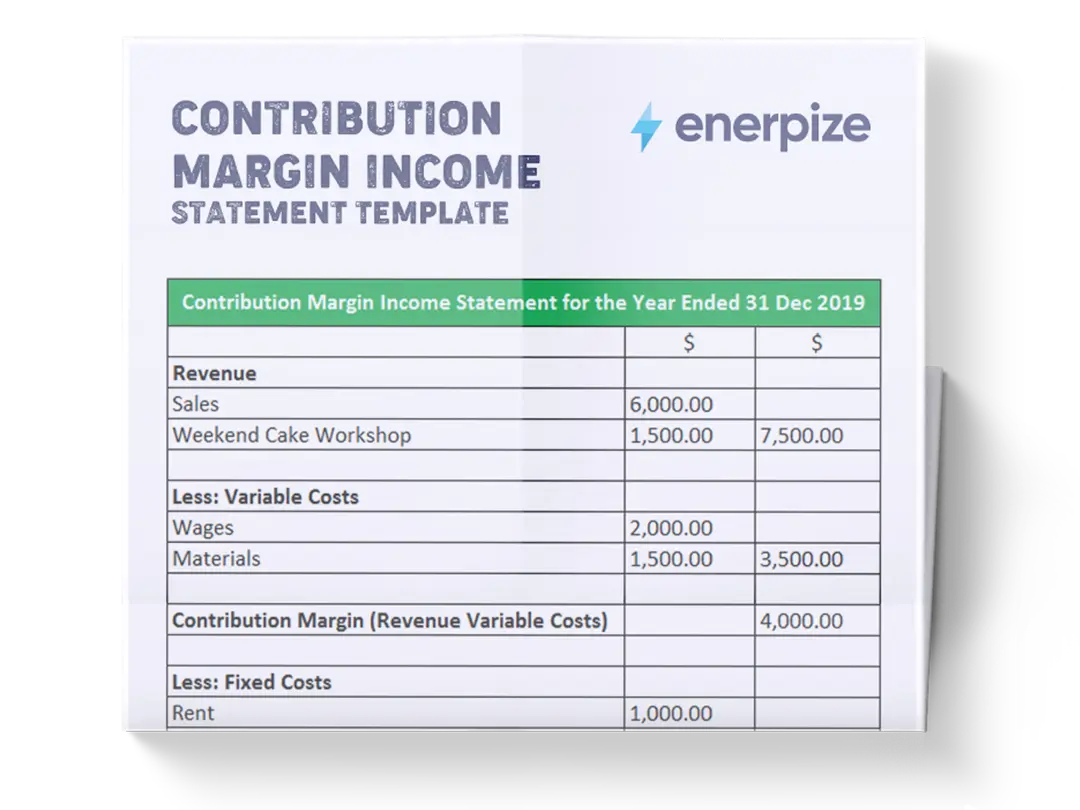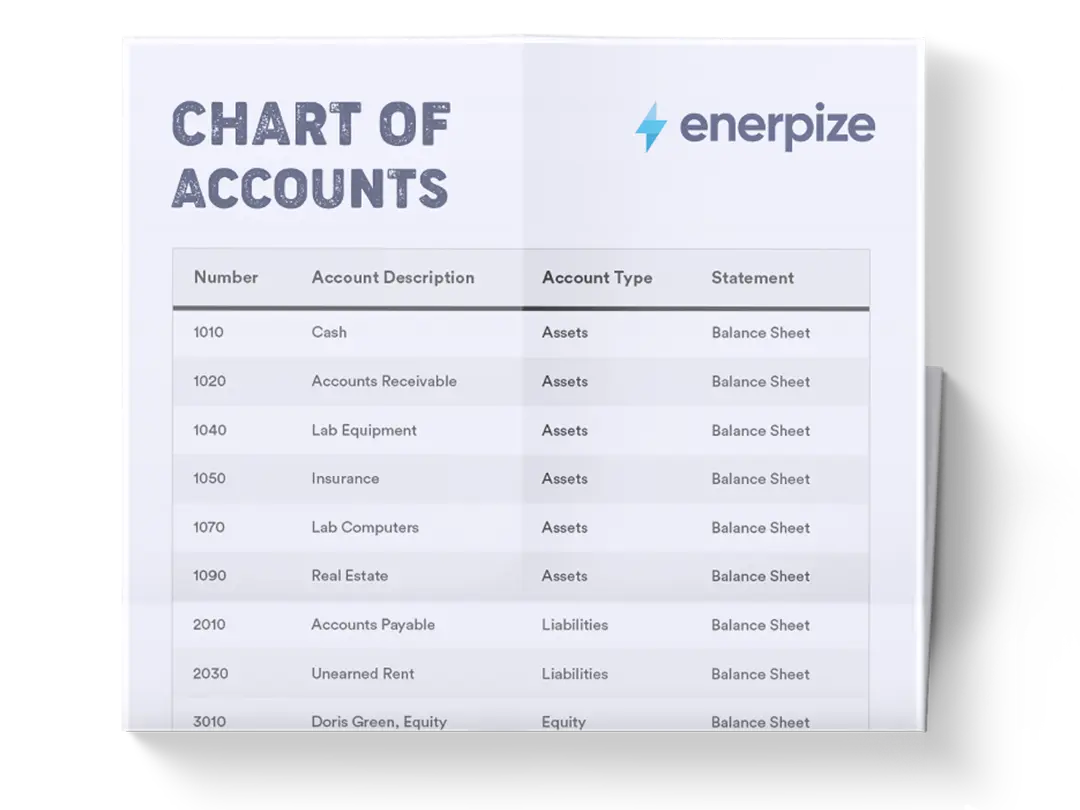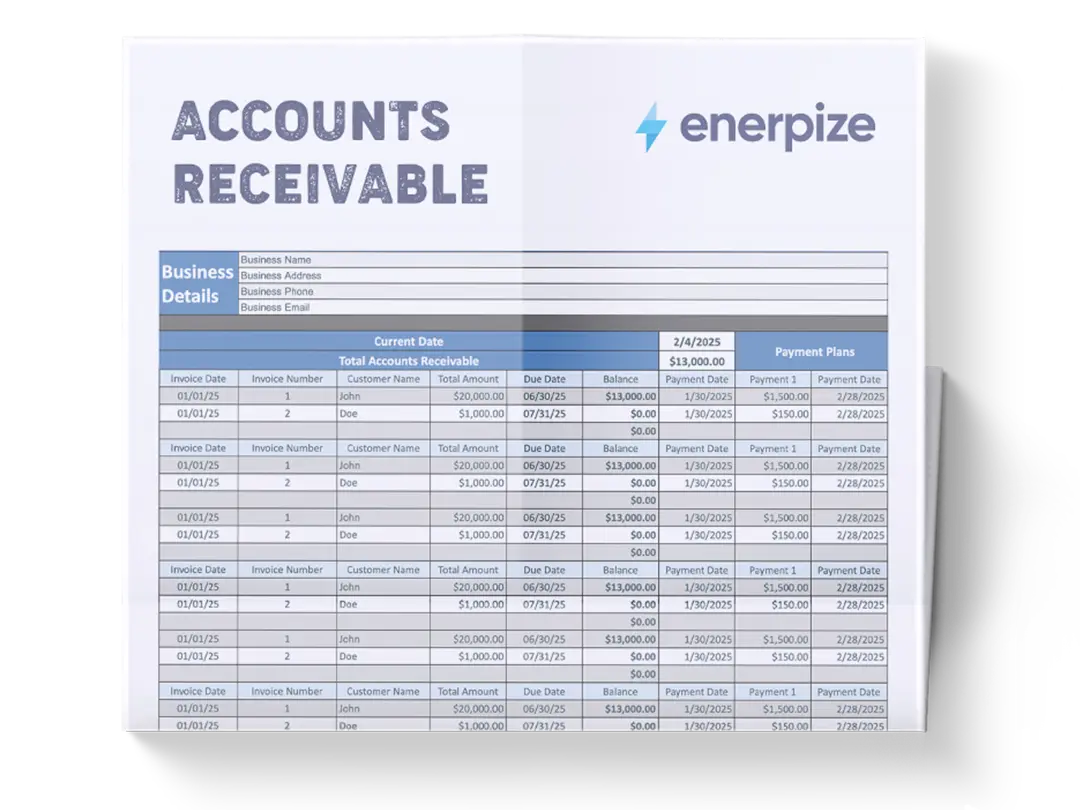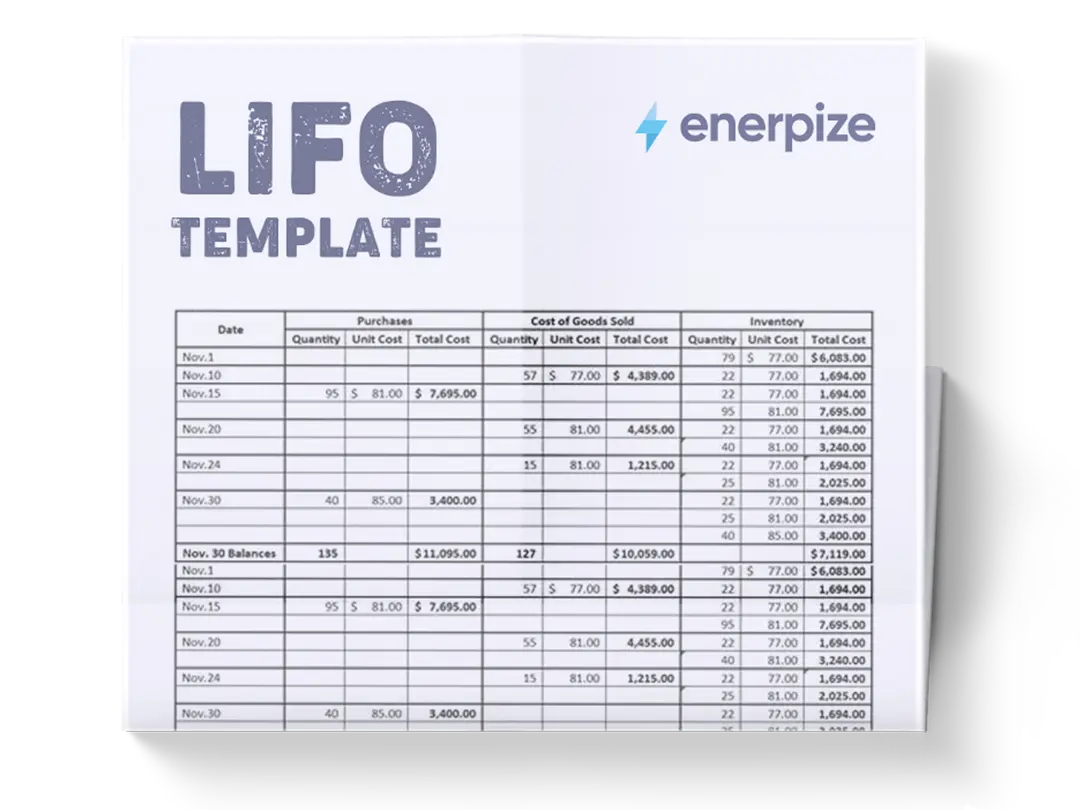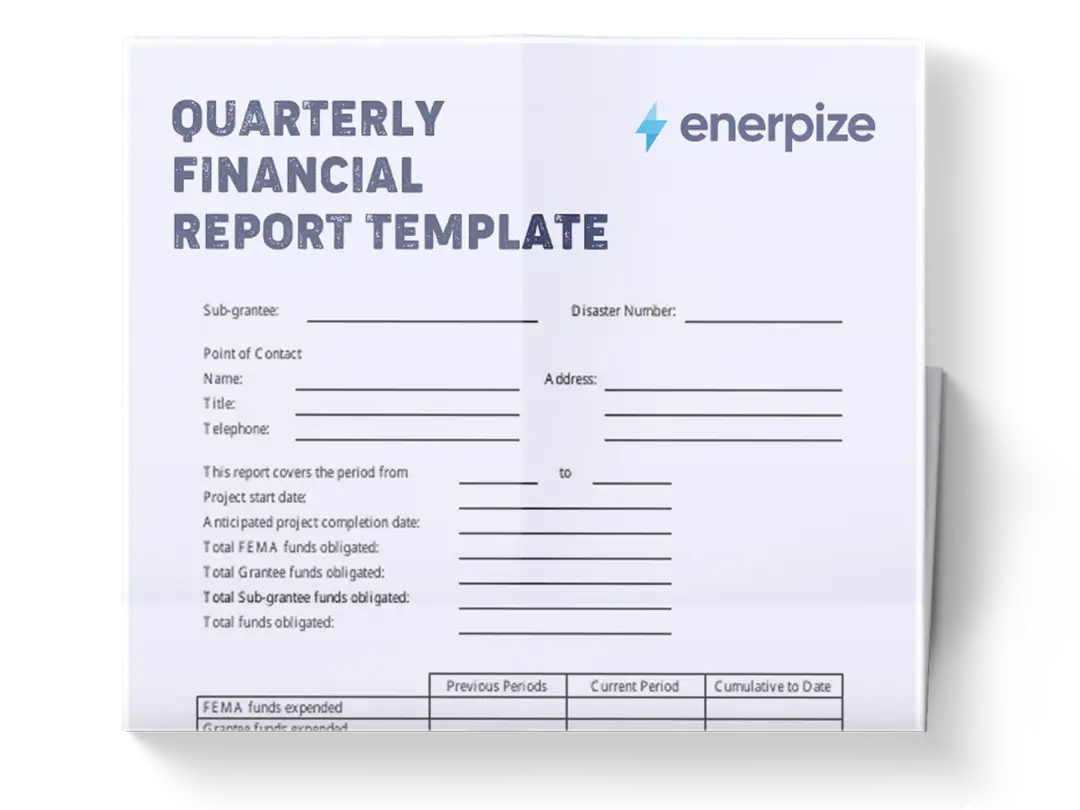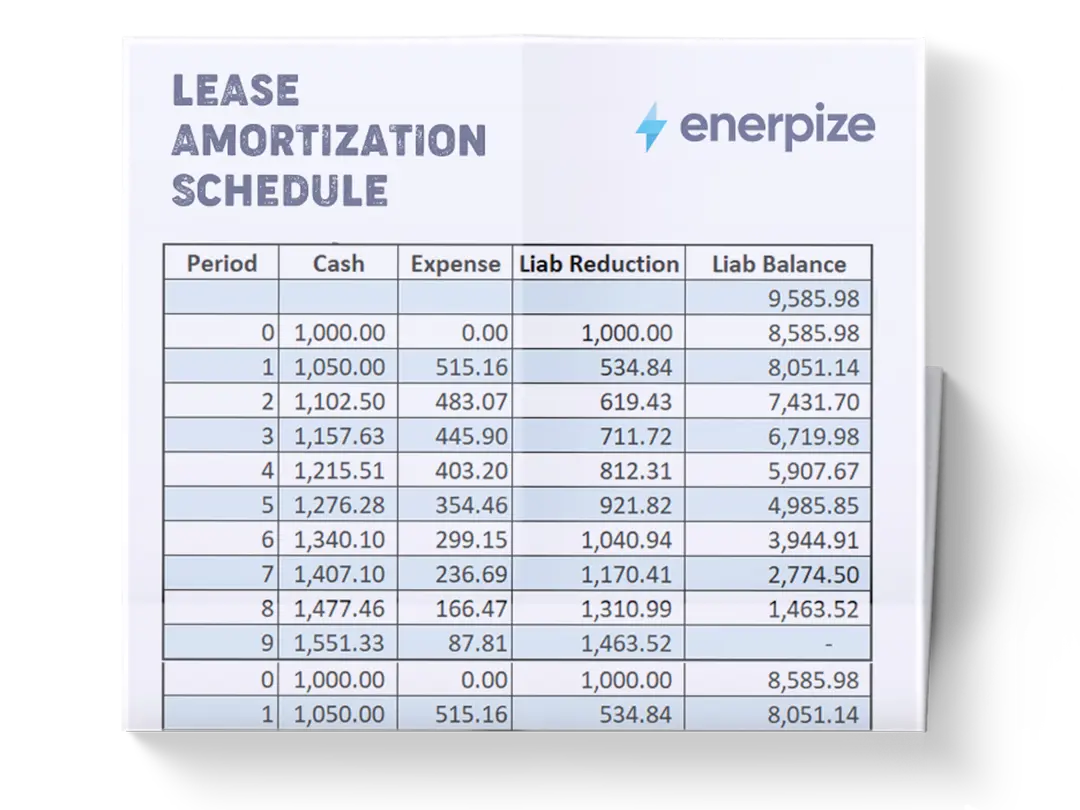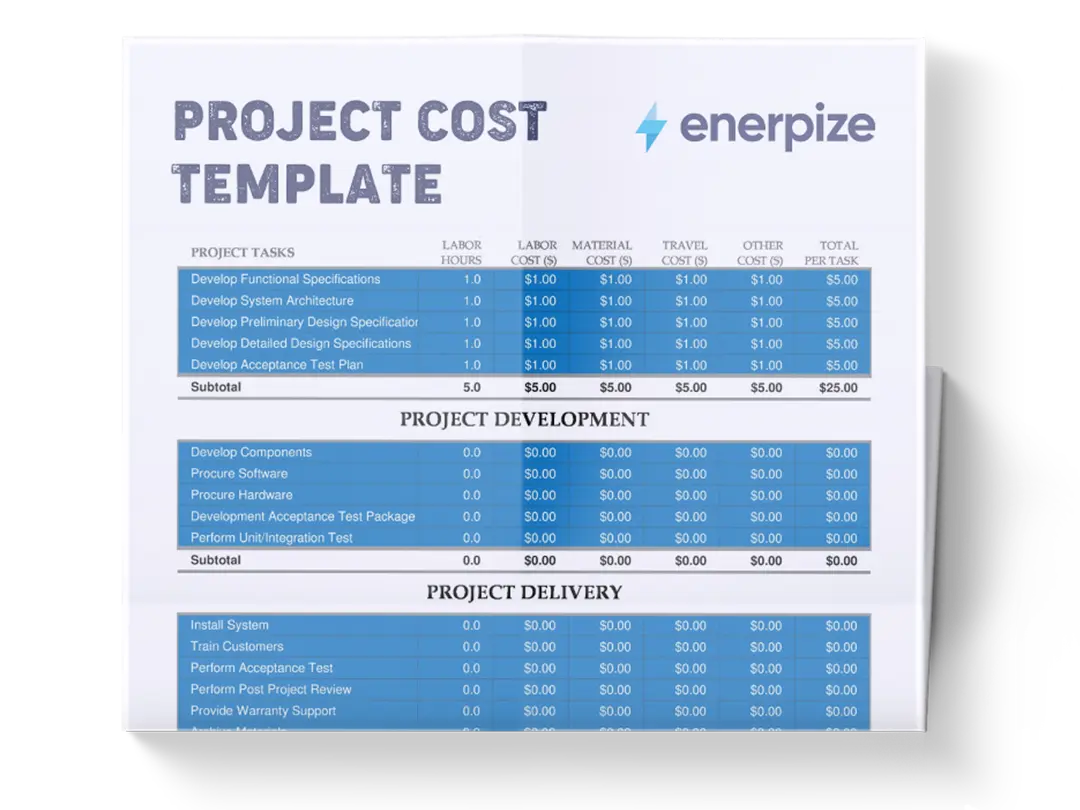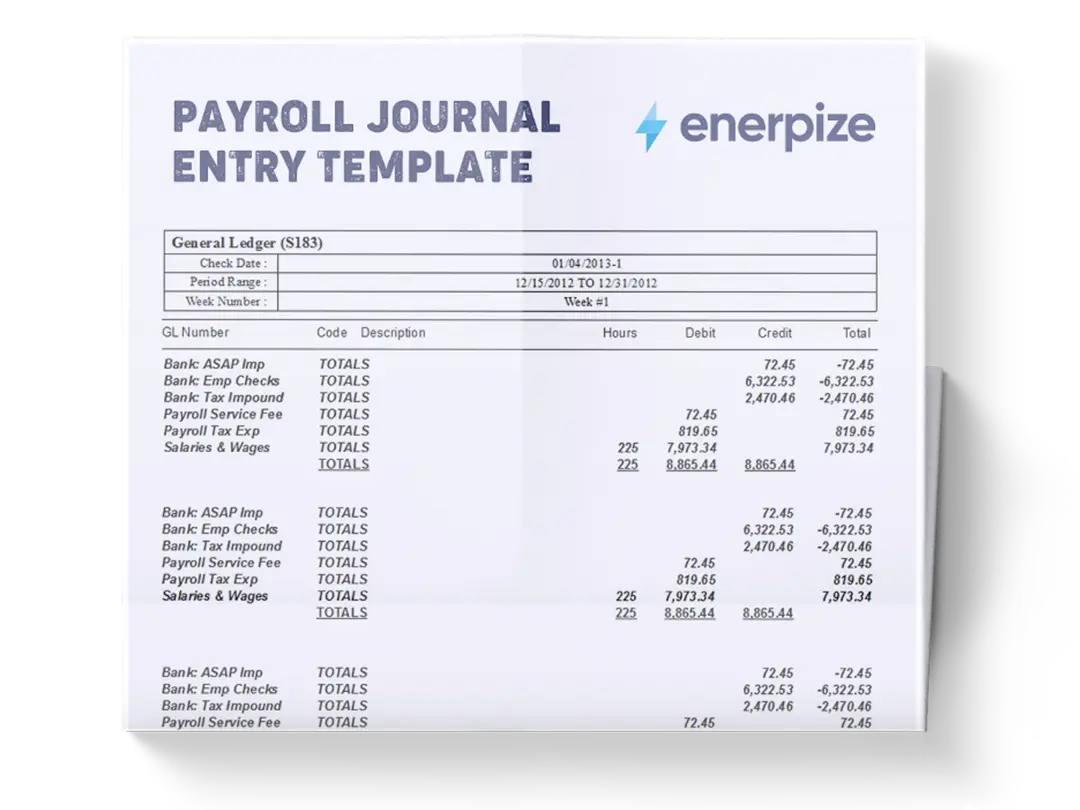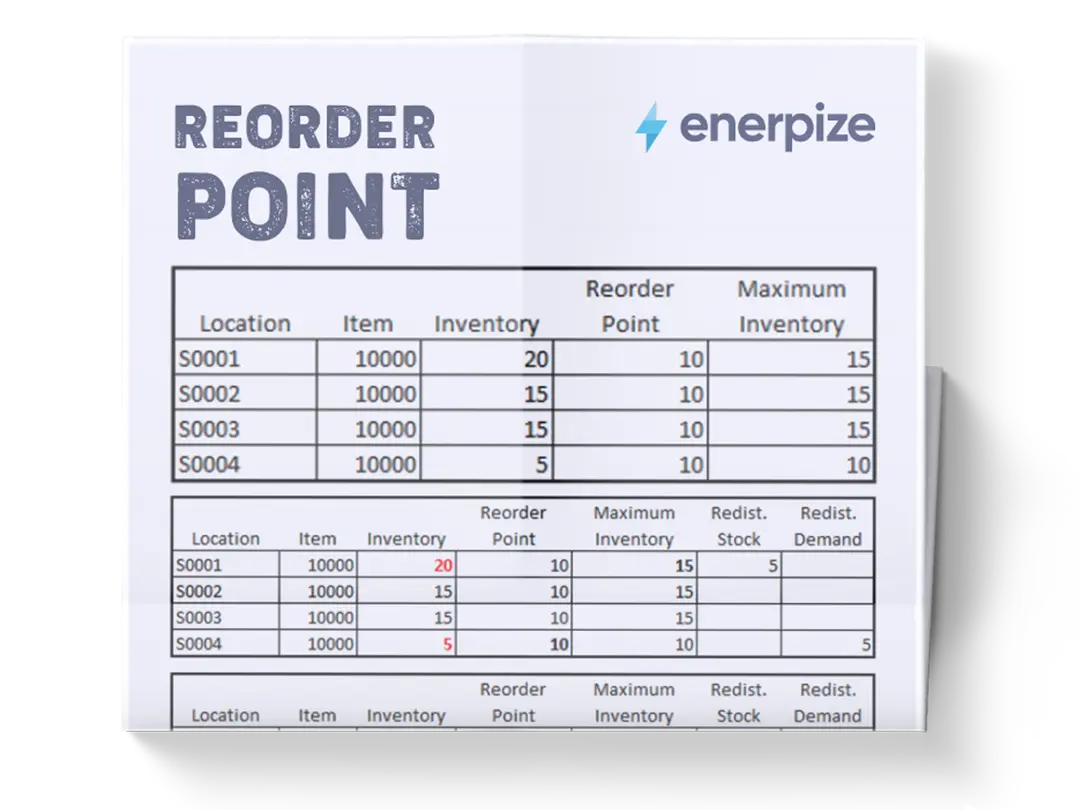Posted on 21 October 2025
VAT Invoice Template Word, Excel & PDF
- The VAT invoice template is available in Excel, Word, PDF, Google Sheets, and Google Docs.
- Records tax-compliant transactions and captures business, client, and VAT details in one clear, professional document.
- Simplifies VAT Calculations, automates subtotal, tax, and total computations for error-free billing.
- Ensures compliance and professionalism, as well as maintains legal accuracy while presenting a polished, trustworthy invoice.
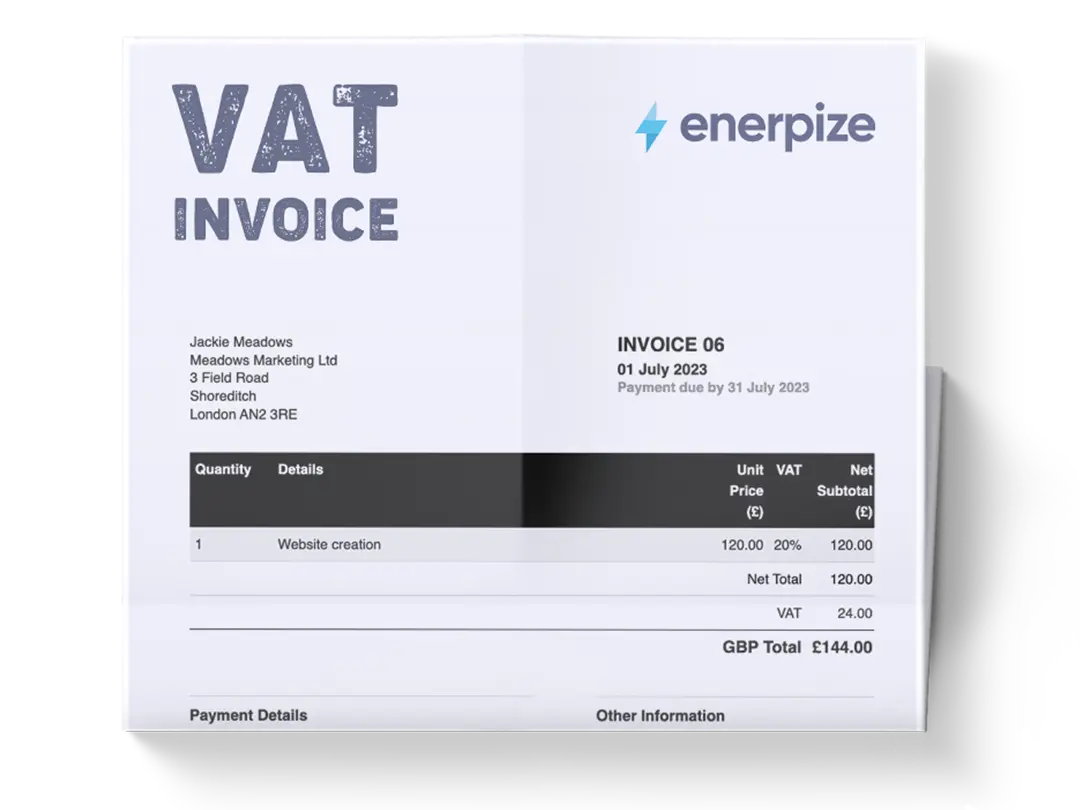
What is the Vat Invoice Template?
A VAT invoice template is used by VAT-registered businesses to record and report taxable sales. It provides a detailed breakdown of the goods or services supplied, including the net amount, applicable VAT rate, and total VAT charged.
This sales invoice template with VAT details serves as both a legal and financial record, confirming a sale has taken place and ensuring transparency in tax reporting. Under most VAT systems, such as those within the European Union, businesses are required to issue VAT invoices within 15 days from the end of the month in which the transaction occurred.
These invoices not only enable sellers to collect and remit VAT to tax authorities but also allow buyers—particularly other VAT-registered entities—to reclaim VAT paid on eligible business expenses.
Because VAT invoices are subject to strict legal standards, accuracy, clarity, and consistency in their format are essential for maintaining compliance and ensuring smooth tax audits.
You might also find this helpful: Online VAT Calculator
What does the Vat Invoice Template contain?
Business Details
Any blank VAT invoice Excel template should start by confirming the seller’s tax identity and making the invoice legally valid for tax filing and client records. Always double-check that your VAT number matches your official business registration documents.
Invoice Details
- Invoice Number: A unique identifier for each transaction. Use a sequential numbering system to maintain traceability.
- Invoice Date: The issue date of the invoice, crucial for determining the tax period.
- Due Date: Indicates when payment is expected, helping both parties manage cash flow efficiently.
Client Details
Including the client’s VAT number ensures both parties can reclaim or account for tax correctly. It also reinforces transparency and professionalism in your transactions.
Itemized List of Goods or Services
Itemization prevents confusion, supports accurate VAT computation, and allows clients to verify charges effortlessly.
Summary Section
A financial breakdown of the sum of all itemized pre-tax amounts, the cumulative tax calculated per line item, and the final amount payable. This section is also useful when reconciling VAT returns or verifying input vs. output tax.
Amount in Words
An added safeguard against misinterpretation, especially in large transactions. Writing the total in words helps prevent tampering and clarifies the intended payment value.
Authorized Signature
A space for the seller’s signature validates the invoice, serving as proof that it was issued by the rightful party. In digital formats, you can replace this with an electronic signature to maintain efficiency while preserving legal integrity.
How to Use the VAT Invoice Template
1- Download and Customize
Start by downloading the Excel VAT Invoice Template and entering your business information, name, address, logo, and VAT number. Adjust fonts and colors if needed to align with your branding, but maintain a clean, readable layout.
2- Fill in Invoice and Client Details
Assign a new invoice number for each transaction. Add the invoice date, due date, and client information. If your client is VAT-registered, include their VAT number to ensure both parties’ compliance.
3- List Products or Services
In the itemized section, record each product or service sold. Include quantity, unit price, and VAT rate. The template automatically calculates line totals and the overall VAT amount—so verify each entry before finalizing.
4- Review Totals and Tax Calculations
Double-check that the subtotal, VAT, and grand total are correctly calculated. Make sure all formulas are intact, especially if you’re copying the template across multiple invoices.
5- Add Notes or Payment Terms
Use the Notes field or a dedicated “Terms & Conditions” section to specify payment methods, due dates, and late fee policies. Clear terms minimize misunderstandings and support timely payments.
6- Send and Record
Send the invoice to your client via email or your invoicing system. Always keep a copy (digital or printed) for your accounting records and VAT return filings.
7- Track and Follow Up
Monitor payment status and follow up if the due date passes without payment. Keeping a log of sent, paid, and pending invoices helps maintain healthy cash flow and simplifies end-of-quarter reporting.
Related Free Templates
Importance of the Vat Invoice Template
Ensures Compliance with Tax Regulations
Invoice VAT templates are critical for meeting tax obligations. Each invoice must include key details such as the supplier’s VAT registration number, the VAT rate applied, and the amount charged. This information ensures that businesses report sales correctly and that tax authorities can verify compliance.
A properly structured VAT invoice template in Word helps avoid costly penalties, interest, or disallowance of VAT claims resulting from errors or missing documentation.
Facilitates Accurate Recordkeeping and Auditing
Maintaining organized VAT invoices supports accurate financial recordkeeping. Each invoice serves as documentary evidence of taxable transactions, forming the basis of the figures reported in VAT returns. During audits, these records simplify verification, reduce discrepancies, and help demonstrate that reported data aligns with actual business activity.
In short, accurate VAT invoices make audits faster, cleaner, and less stressful.
Enables Efficient Tax Planning and Financial Analysis
Beyond compliance, VAT invoices provide valuable data for financial management. They allow businesses to forecast VAT liabilities, analyze purchasing trends, and identify deductible tax amounts. This helps companies plan cash flow, avoid liquidity issues, and make informed strategic decisions about pricing, purchasing, and budgeting. Over time, maintaining precise VAT documentation contributes to stronger financial control and tax efficiency.
Who Can Use the VAT Invoice Template?
VAT-Registered Businesses
Any business officially registered for Value Added Tax is required to issue VAT invoices for taxable sales. These include companies selling goods or services within VAT jurisdictions—whether locally or internationally. The template simplifies the invoicing process by ensuring all mandatory details are consistently included, helping businesses stay compliant without manual formatting or errors.
Accountants and Financial Managers
Finance professionals rely on VAT invoice templates to standardize client documentation and streamline reporting. By using a template, accountants can quickly verify tax amounts, cross-check VAT numbers, and ensure compliance with relevant laws. This consistency saves time and reduces the risk of misreporting across multiple clients or departments.
Small Businesses and Freelancers
Independent professionals and small enterprises registered for VAT can also benefit from using a structured template. It allows them to produce professional, compliant invoices without the need for complex accounting software. For freelancers or small vendors, this approach simplifies recordkeeping, improves credibility with clients, and supports accurate VAT reclaim on business expenses.
Auditors and Tax Consultants
While not issuing invoices themselves, auditors and consultants use VAT invoice templates as benchmarks for evaluating a business’s tax documentation. Consistent templates make it easier to identify missing details, verify calculations, and ensure the business’s invoicing practices align with local VAT legislation.
















